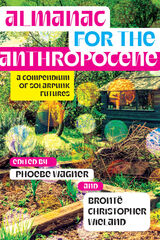
Original voices from across the solarpunk movement, which positions ingenuity, generativity, and community as ways to resist hopelessness in response to the climate crisis.
Almanac for the Anthropocene collects original voices from across the solarpunk movement, which positions ingenuity, generativity, and community as beacons of resistance to the hopelessness often inspired by the climate crisis. To point toward practical implementation of the movement’s ideas, it gathers usable blueprints that bring together theory and practice. The result is a collection of interviews, recipes, exercises, DIY instructions, and more—all of it amounting to a call to create hope through action.
Inspired by a commitment to the idea that there can be no environmental justice without decolonial and racial justice, Almanac for the Anthropocene unites in a single volume both academic and practical responses to environmental crisis.
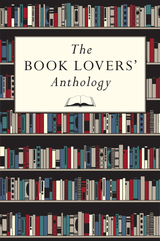
“Much reading is like much eating, wholly useless without digestion.”—Robert South
“If I had read as much as other men, I should have been as ignorant as they.” —Thomas Hobbes
Can books corrupt? Do badly written books sharpen or dull the minds of their readers? Ought we to take seriously the old saw that excessive reading can damage one’s sight? The Book Lovers’ Anthology offers answers to these questions and many more with a remarkable collection of reflections on books, readers, and libraries— by writers whose books are among the world’s best known and best loved.
Throughout the centuries, books have been a source of fascination— and sometimes frustration—for writers. Between the covers of the Anthology are excerpts from the novels of Jane Austen, George Eliot, and Jonathan Swift, among many others, all of whom paused in their fiction to extol the virtues of the written page. Those who are taken with the smell of books will find a like mind in Charles Dickens, who waxed poetic about the “pleasant smell of paper freshly pressed.” Very avid readers might even nod in knowing agreement with John Donne, who declared, “I shall die reading.” Other poets whose musings on libraries or books are excerpted for the Anthology include Shakespeare, Wordsworth, Milton, and Chaucer. These writings are interspersed by the meditations of essayists and diarists of centuries past—among them, Samuel Johnson, James Boswell, John Ruskin, and Michel de Montaigne.
With contributions from major writers across ages and genres, this is an essential anthology for which any bibliophile will want to find space on the shelf.
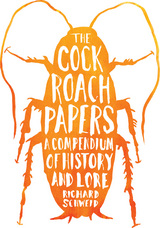
Traveling from New York City to Louisiana, Mexico, Nicaragua, and Morocco, Schweid blends stories of his own squirm-inducing roach encounters with meticulous research to spin a tale both humorous and harrowing. As he investigates roaches’ more nefarious interactions with our species—particularly with those of us living at the margins of society—Schweid also explores their astonishing diversity, how they mate, what they’ll eat, and what we’ve written about them (from Kafka and Nelson Algren to archy and mehitabel). Knowledge soon turns into respect, and Schweid looks beyond his own fears to arrive at an uncomfortable truth: We humans are no more peaceful, tidy, or responsible about taking care of the Earth or each other than these tiny creatures that swarm in the dark corners of our minds, homes, and cereal boxes.

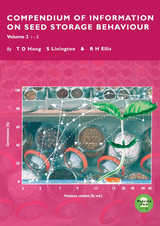

An imperial historian and an emperor’s history.
Velleius Paterculus, who lived in the reigns of Augustus and Tiberius (30 BC–AD 37), served as a military tribune in Thrace, Macedonia, Greece, and Asia Minor, and later, from AD 4 to 12 or 13, as a cavalry officer and legatus in Germany and Pannonia. He was quaestor in AD 7, praetor in 15. He wrote in two books “Roman Histories,” a summary of Roman history from the fall of Troy to AD 29. As he approached his own times he becomes much fuller in his treatment, especially between the death of Caesar in 44 BC and that of Augustus in AD 14. His work has useful concise essays on Roman colonies and provinces and some effective compressed portrayals of characters.
Res Gestae Divi Augusti. In his 76th year (AD 13–14) the emperor Augustus wrote a dignified account of his public life and work of which the best preserved copy (with a Greek translation) was engraved by the Galatians on the walls of the temple of Augustus at Ancyra (Ankara). It is a unique document giving short details of his public offices and honors; his benefactions to the empire, to the people, and to the soldiers; and his services as a soldier and as an administrator.
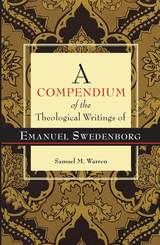
In his lifetime, Swedish scientist and theologian Emanuel Swedenborg published more than seven thousand pages of commentary based on his communication with the spiritual world. A Compendium of the Theological Writings of Emanuel Swedenborg extracts key passages from this astounding body of work and groups them by subject for easy reference.
Starting with the nature of God and creation, the book covers the birth of humanity and gives a thorough overview of Swedenborg’s five churches, or the five ages of human history as understood spiritually. It includes sections on concepts that are central to Swedenborg’s thought, such as regeneration, correspondences, faith, charity, free will, and marriage, as well as more universal questions: how God is present in our lives, why evil exists in the world, the nature of the human soul, and how we are connected to the divine on a deep inner level. The final quarter of the book is devoted to Swedenborg’s most popular subject—the nature of the afterlife, including heaven, hell, and the world of spirits.
Originally compiled in 1875, this volume remains an important research tool for anyone who wants an overview of Swedenborg’s theology or a springboard for investigating his thought in depth.
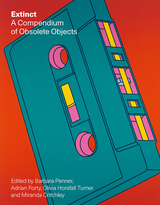
So-called extinct objects are those that were imagined but were never in use, or that existed but are now unused—superseded, unfashionable, or simply forgotten. Extinct gathers together an exceptional range of artists, curators, architects, critics, and academics, including Hal Foster, Barry Bergdoll, Deyan Sudjic, Tacita Dean, Emily Orr, Richard Wentworth, and many more. In eighty-five essays, contributors nominate “extinct” objects and address them in a series of short, vivid, sometimes personal accounts, speaking not only of obsolete technologies, but of other ways of thinking, making, and interacting with the world. Extinct is filled with curious, half-remembered objects, each one evoking a future that never came to pass. It is also a visual treat, full of interest and delight.

The Global Burden of Disease and Injury Series details and analyzes global patterns of death and disability, providing a bold, comprehensive examination of the state of the world's health.
The encyclopedic Global Health Statistics provides, for the first time, epidemiological estimates for all major diseases and injuries. As part of the Global Burden of Disease project, over 100 disease experts analyzed these data, collected from exhaustive searches of registration data and published and unpublished studies.
Formatted for English, French, and Spanish readers, the figures are displayed in a comprehensive set of tables, presenting for over 200 causes estimates of mortality, incidence, prevalence, durations, and average ages of onset in 1990--all disaggregated by age, sex, and region. Demographic tables and projections of deaths and death rates are also provided.
This succinct data-set provides for the general reader the set of tools necessary to understand disease and injury from a global perspective; and it provides to the researcher unprecedented data to serve as a starting point for further study. This book should stand as an unparalleled desktop reference for anyone interested in the health of populations.
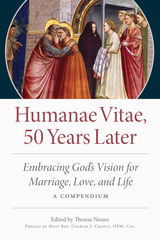

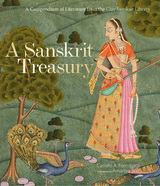

READERS
Browse our collection.
PUBLISHERS
See BiblioVault's publisher services.
STUDENT SERVICES
Files for college accessibility offices.
UChicago Accessibility Resources
home | accessibility | search | about | contact us
BiblioVault ® 2001 - 2024
The University of Chicago Press









